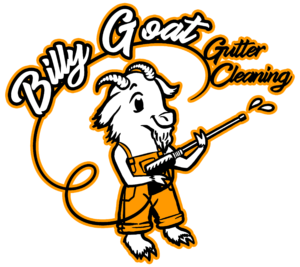A soft wash system is the key to the success of a soft washing business. The chemical pump is the heart of the system and undoubtedly the most expensive component. Preventative maintenance is vital to keep a machine working at peak performance. The health of your soft wash pump directly corresponds to the success of your business.
Pump maintenance is not the same with all brands and types of pumps. Each brand has its idiosyncrasies. Manufacturers use two types of soft wash pumps in their systems: plunger pumps and diaphragm pumps. Understanding the maintenance requirements of the two requires a basic understanding of how each works. We will now look at how a pro does soft wash maintenance.
The Difference Between Diaphragm and Plunger Soft Wash Pumps
Diaphragm pumps and plunger pumps are both positive displacement pumps and are similar in some ways. Both have reciprocating components. The diaphragm pump, however, has a diaphragm that flexes back and forth. The plunger pump mechanism is more rigid.
Therefore, superior design makes a big difference in the pump’s longevity. Flexible diaphragms tend to fail prematurely. Plunger pumps, however, withstand repeated high pressure because of their design.
Soft Wash Pump Maintenance
The abrasive chemicals used in soft washing include sodium hypochlorite and surfactants. Mixing these chemicals with water is standard practice. The prevention of corrosion requires preventative measures.
1. Flush the Soft wash Pump After Each Use
Soft wash pumps use corrosive chemicals. Flush these chemicals from the system. Push clean water through your pump for five to ten minutes after use. Furthermore, remove the chemical residue.
2. Use A Neutralizer
Using a sodium hypochlorite neutralizer as a final step in your pump rinse will ensure that any remaining SH will not corrode the pump’s critical components.
3. Clean Filters and Accessories
Check your pump manufacturer’s manual to learn the proper method for cleaning various components.
Check spray guns, fittings, and quick connects for any sign of corrosion or damage.
Rinse these components with water and brush if necessary. After cleaning, spray them down with WD-40. WD-40 is a soft washer’s best friend.
Cold Storage
Lastly, winterizing your machine when storing for extended periods is, therefore, a must.
Flush the system with RV antifreeze. Using a battery tender is a great way to extend the life of your battery.
Well Maintained Pumps Last
Maintaining a soft wash system is simple. Therefore, following these few steps get your money’s worth out of your pump. An efficient soft wash system is pertinent to one’s soft wash career. All pumps have a finite lifespan, so it is always good to have a spare pump ready to install.

